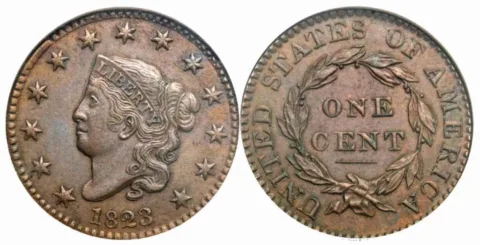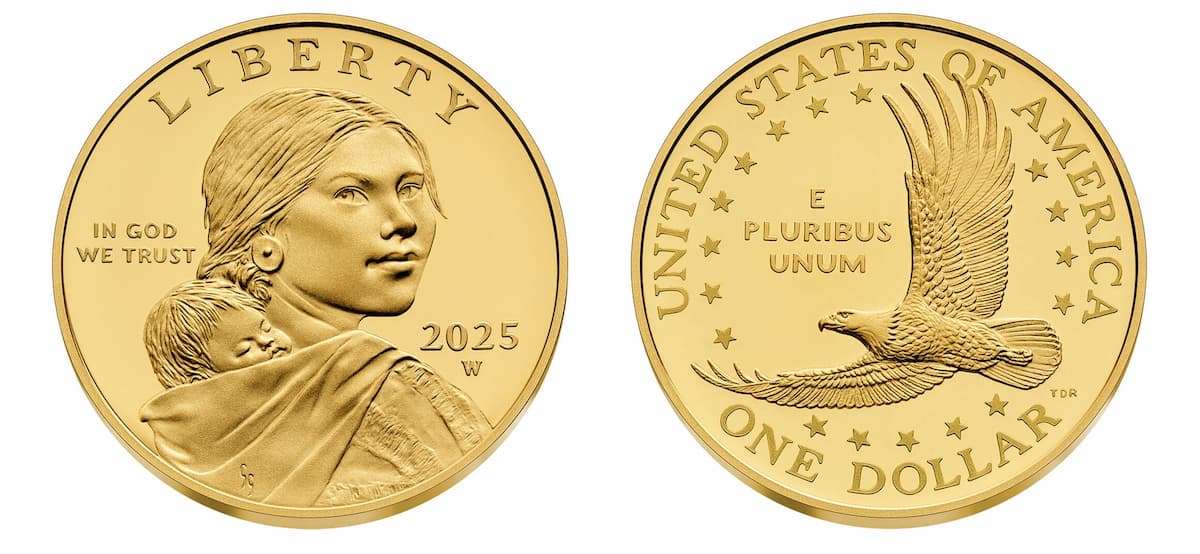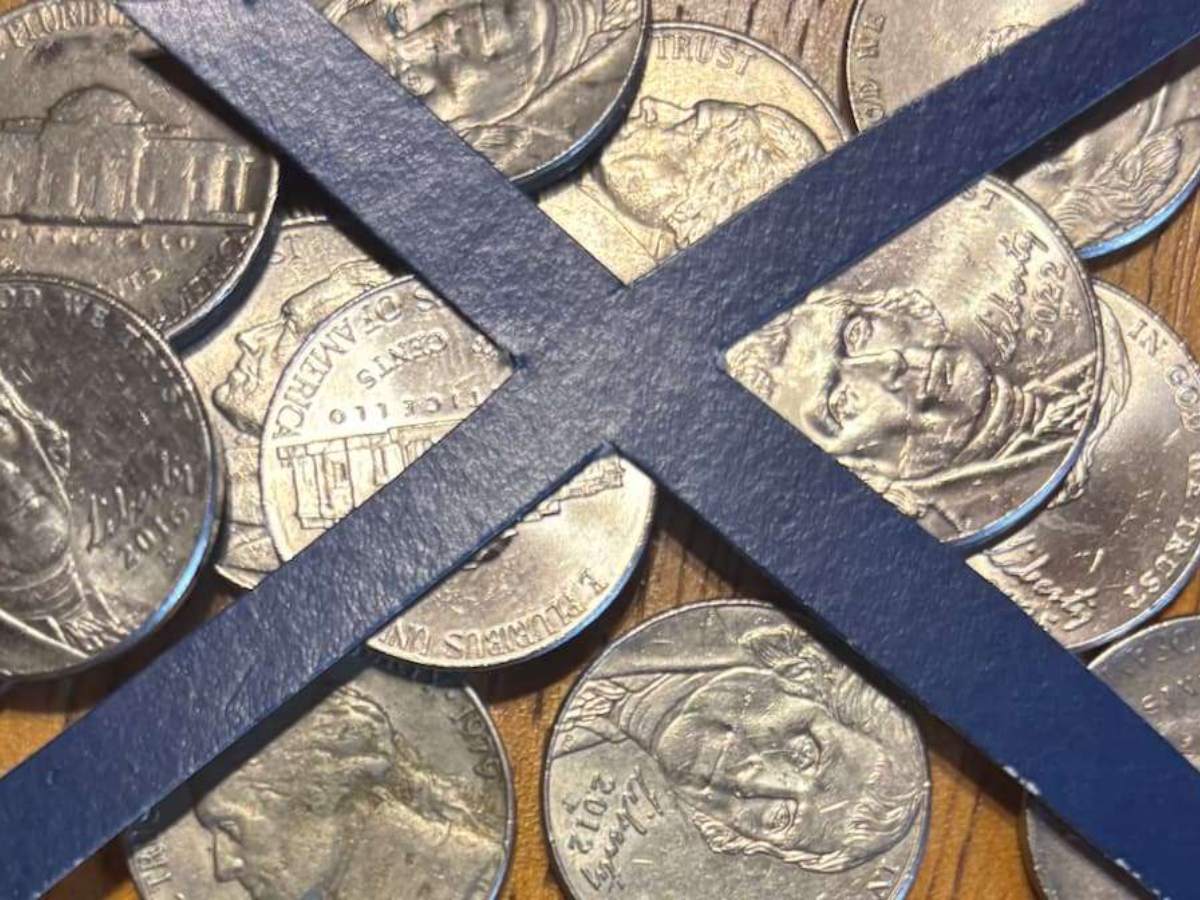Want to find out if your Liberty Head large cents are worth big money right now?

Some of these rare, valuable old pennies have values into the hundreds and even thousands of dollars!
But you’ve got to know a little about these old large cents to better understand what they’re worth and why.
Here’s everything you need to know about Liberty Head large cents, including how much they’re worth today…
History Of Liberty Head Large Cents
There are various kinds of Liberty Head large cents, which were struck from 1793 through 1857.
The very first large cents in 1793 featured a motif of Miss Liberty with flowing hair on the obverse (“heads side”) and a chain encircling the words “ONE CENT” on the reverse (“tails side”).
Later in 1793, the Liberty Cap large cent was released with a motif depicting Miss Liberty with a staff and cap –which represented freedom. This design carried along until 1796.
In 1796, the U.S. Mint released the Draped Bust large cent, which ran through 1807.
The Classic Head large cent came along in 1808, and this design ran until 1814.
After a gap in 1815, the large cent returned in 1816 with the Coronet Head. This design yielded to the Braided Hair motif in 1839, which remained on the large cent until the large-size penny was retired in 1857.
Liberty Head Large Cent Value
If you count all the different varieties and die marriages, there are literally hundreds upon hundreds of different collectible types of large cents out there!
A specialist will try to collect all of these different varieties and could easily spend decades on such a project.
However, most collectors will obtain just one large cent — or maybe one example of the different designs — to round out a type set (a representative grouping of different coins based on date, denomination, period, or some other category).
So how much are these coins worth right now?
While it would be infeasible to list hundreds of different prices here in this one article, I can summarize for you what each of the different types of Liberty Head large cents are worth by design:
- Flowing Hair large cents — $3,000 to $5,000+
- Liberty Cap large cents — $300 to $500+
- Draped Bust large cents — $110 to $200+
- Classic Head large cents — $115 to $150+
- Coronet Head large cents — $30 to $50+
- Braided Hair large cents — $25 to $50+
*Large cent values listed here are for typical examples grading Good-4 or better and that have not been cleaned nor have any holes, heavy scratches, large nicks, or other forms of damage.
Tips For Collecting Liberty Head Large Cents
As mentioned above, there are generally two kinds of people who buy large cents:
- Those who are seeking only a small number of coins to build type sets
- Those who seek every date and variety
Certainly, the two different approaches lend to two very different kinds of collecting challenges — both in terms of cost and time involved in building the sets.
The thing that most people who haven’t spent much time collecting large cents may not realize is how rare some of these old pennies are!
Don’t pay much attention to the mintages listed for these coins online or in the major reference books. While these production figures are informative for better understanding how relatively common many of these coins once were, they often have little bearing on how many of these coins exist today in collectible condition. In most cases, just tiny percentages of the original quantities remain.
Many of the dates each offer only a few thousand examples — small numbers, when you consider the large number of collectors pursuing these coins.
And if you consider the really rare dates (such as the 1793 Chain AMERI. large cent, the 1799 large cent, and the 1804 large cent), you’re talking small three-figure survival numbers.
The bottom line for collectors who wish to include large cents in their collections is to take time and buy the right coin — meaning an example which is:
- Not corroded
- Has its natural color
- Possesses decent strike
You can find cheap examples with corrosion, scratches, signs of cleaning, or other surface problems — but are these coins the types of pieces you’ll end up wanting to replace later on? Probably…
Hold out for choice coins with original surfaces. Not only will you be happy with your purchases, but you’ll have a far better chance of making a profit on such desirable coins — because they are often so hard to find.
And here’s something else to keep in mind…
The really nice large cents are sometimes worth more than even what guides like this will tell you. That’s because “typical” examples sometimes have some minor issues that are usually expected for copper coins of their age.
So, if you come across some extremely nice pieces that are better than average, by all means buy them if you can afford them — even if they are priced a little higher than what the price guides say. The eye appeal and quality are worth it! These can end up being conditionally rare and valuable large cents worth significant money in the future.




